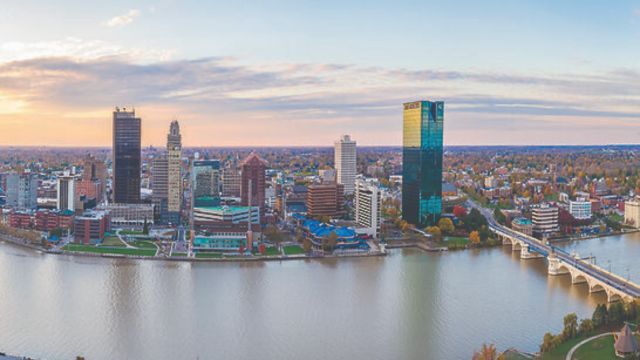Toledo, situated in northwest Ohio, boasts a population of approximately 272,000 people. Recognized for its glass industry, art museum, zoo, and university, the city also grapples with a significant issue—ranking third in violent crime rates among the nation’s 100 most populous cities, as per the latest FBI crime data. This blog delves into the causes, repercussions, and potential solutions for Toledo’s violence problem.
The Reasons
There’s no singular explanation for Toledo’s high violence rates, but contributing factors may include:
Poverty and Inequality: Toledo stands as one of the state’s poorest cities, with a poverty rate of 26.5%, exceeding the state average of 13.9%. Economic hardship may foster desperation and frustration, potentially leading to crime.
Gangs and Drugs: Toledo grapples with a significant gang presence, comprising an estimated 2,000 members engaged in illicit activities like drug trafficking and prostitution, escalating the risk of violence.
Lack of Education and Opportunity: With only 18.4% of adults holding a bachelor’s degree or higher (compared to the state average of 28.5%), limited education and opportunities may leave residents more susceptible to criminal influences.
Culture and Norms: Toledo’s diverse population—63.8% white, 26.2% black, 7.4% Hispanic or Latino, and 2.6% other races—brings strength but also communication challenges. Certain cultural norms may inadvertently condone violence or discourage reporting.
The Consequences
Toledo’s elevated violence levels inflict severe consequences on victims, families, and the community at large:
Physical and Mental Health: Violence results in physical injuries, fatalities, disabilities, and mental health issues like PTSD, depression, anxiety, and suicidal thoughts.
Social and Economic Well-being: Victims suffer social and economic setbacks in education, employment, income, and relationships, fostering a climate of fear and insecurity that hinders community cohesion and economic progress.
Justice and Human Rights: Acts of violence violate human rights and dignity, yet many cases in Toledo go unreported or unresolved due to factors like shame, stigma, and intimidation, eroding trust in authorities and the rule of law.
The Solutions
While no instant remedy exists for Toledo’s violence, potential actions to mitigate the issue encompass:
Prevention and Education: Implementing comprehensive violence prevention programs, promoting peace, and engaging community leaders as role models can raise awareness and reduce risk factors.
Protection and Support: Ensuring victim safety involves providing emergency services, medical care, counseling, legal aid, and shelter, coupled with enhancing reporting mechanisms and inter-agency collaboration.
Prosecution and Accountability: Strengthening the investigation and prosecution of violence cases, increasing convictions, and offering compensation and rehabilitation for victims are essential for justice and deterrence.
The Conclusion
Toledo’s violence challenge demands urgent, multi-faceted intervention, transcending crime and justice to address health, education, development, and human rights. The issue impacts not only victims but the entire community. Confronting this challenge presents an opportunity to forge a safer, healthier, and more equitable city by uniting with courage, compassion, and commitment.

